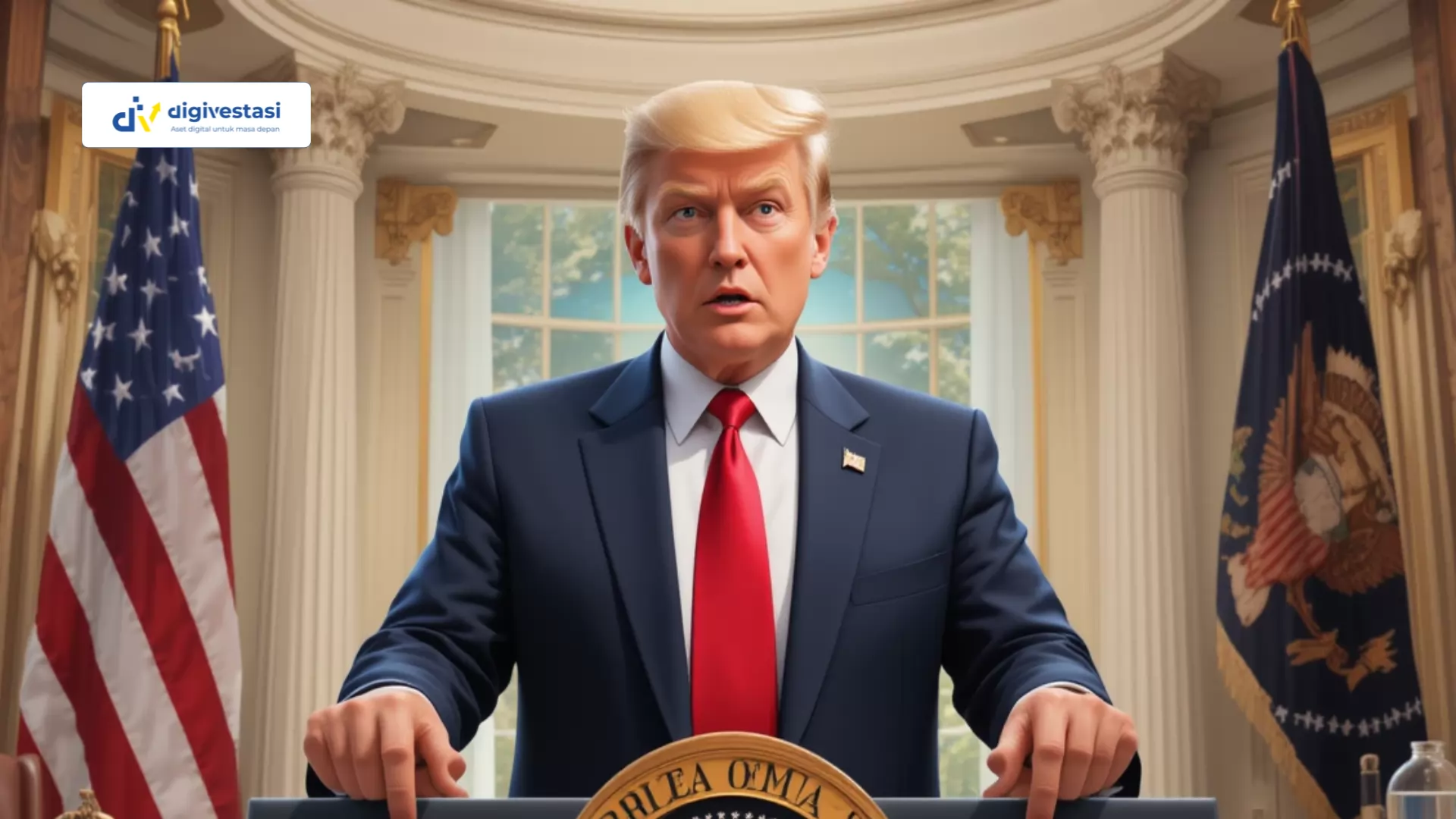
Crypto News
Could Be a Surprise! This Altcoin May Skyrocket If October 2025 ETF Gets Approved!
/index.php
Bisnis | Ekonomi - Posted on 11 February 2025 Reading time 5 minutes

US Imposes 25% Tariff on Steel and Aluminum Imports, Widespread Impact Expected
The United States (US) officially imposed a 25% import tariff on steel and aluminum without any exemptions on Monday (10/2). Although most of the US steel supply comes from Canada, Brazil, and Mexico, this policy indirectly targets China.
"This is a big deal – making America rich again," said President Donald Trump when announcing the tariff, as quoted by CNN.
First introduced by Trump during his initial term and continued by President Joe Biden, the tariff led US importers to seek alternative sources. However, Chinese steel still made its way into the US, often in the form of used materials resold by other countries or mislabeled for re-entry.
The US consumes tens of millions of tons of steel and aluminum annually. Steel plays a crucial role in industries ranging from automobiles and household appliances to large-scale infrastructure projects such as skyscrapers and pipelines. Meanwhile, aluminum is essential for food packaging, vehicles, and high-voltage power grids.
The tariffs have increased production costs across multiple industries due to rising steel and aluminum prices, both imported and domestic. US aluminum producers have also raised their prices as competition from low-cost imports diminishes.
When the tariffs were first imposed in 2018, steel and aluminum imports declined while domestic production increased. However, many companies continued to rely on cheaper imports, and the policy triggered a trade war that raised prices on other goods for US consumers.
As import sources shifted, Canada became the largest steel supplier to the US, accounting for 23% of imports, while China dropped to the 10th position with less than 2%. According to the American Iron and Steel Institute, US steel imports fell by 27% between 2017 and 2019, but domestic production only rose by 7.5%, and the growth was short-lived. The COVID-19 pandemic further reduced steel demand, and production has yet to return to pre-tariff levels.
A Trump administration official stated that the new tariffs aim to close loopholes that allow importers to bypass duties. Some countries, for instance, import semi-finished steel, process it into slightly more finished products, and then ship it to the US to evade tariffs.
Additionally, last week, Trump imposed a 10% tariff on all Chinese imports, prompting China to retaliate with tariffs on chips and certain metals. However, Trump has begun easing some measures, including temporarily suspending tariffs on goods valued at $800 or less and delaying the 25% tariff on imports from Mexico and Canada until at least March 1.
For Indonesia, US tariff policies significantly affect aluminum exports. Data from Indonesia’s Central Statistics Agency (BPS) shows that exports of Indonesian extruded aluminum products to the US increased from $75 million in 2019 to $102 million in 2023. However, in the January-August 2024 period, export value plummeted to $41 million, compared to $79.5 million during the same period the previous year.
Temukan berita dan artikel lainnya di Google News
Source: cnnindonesia.com
What do you think about this topic? Tell us what you think. Don't forget to follow Digivestasi's Instagram, TikTok, Youtube accounts to keep you updated with the latest information about economics, finance, digital technology and digital asset investment.
DISCLAIMER
All information contained on our website is summarized from reliable sources and published in good faith and for the purpose of providing general information only. Any action taken by readers on information from this site is their own responsibility.